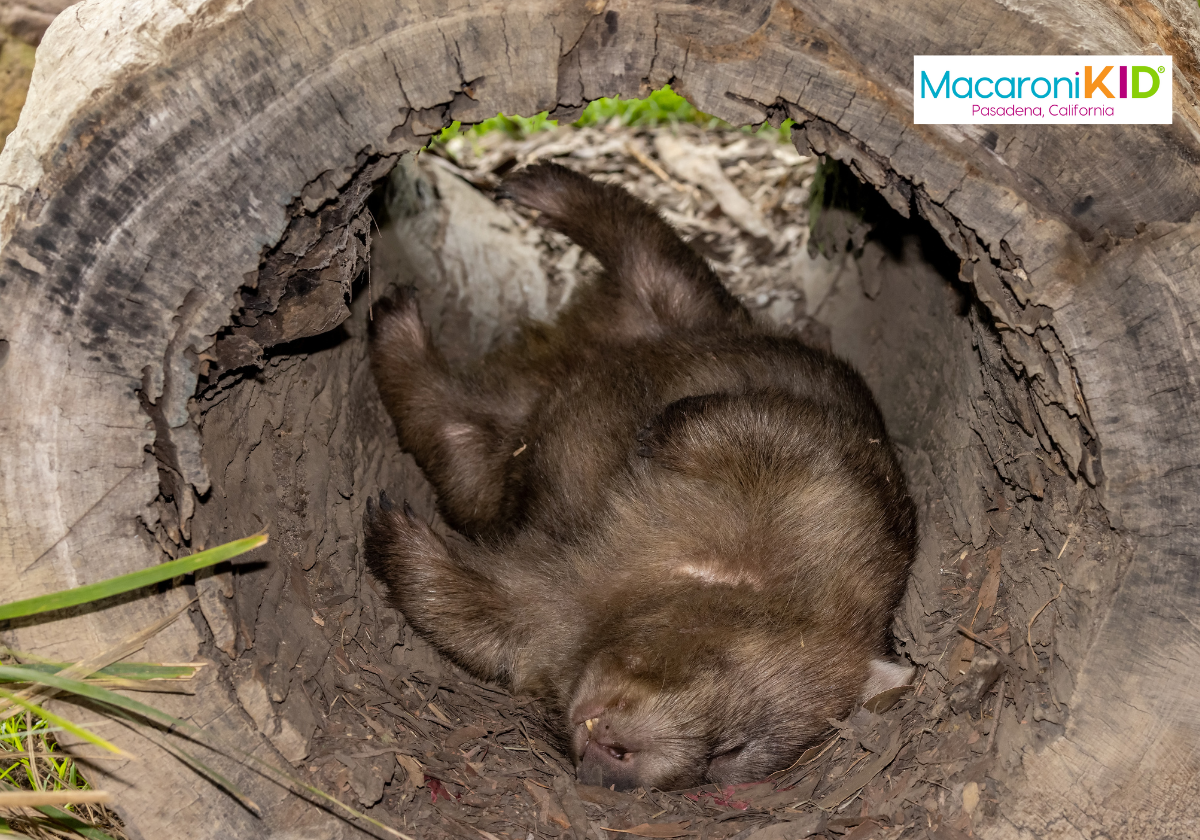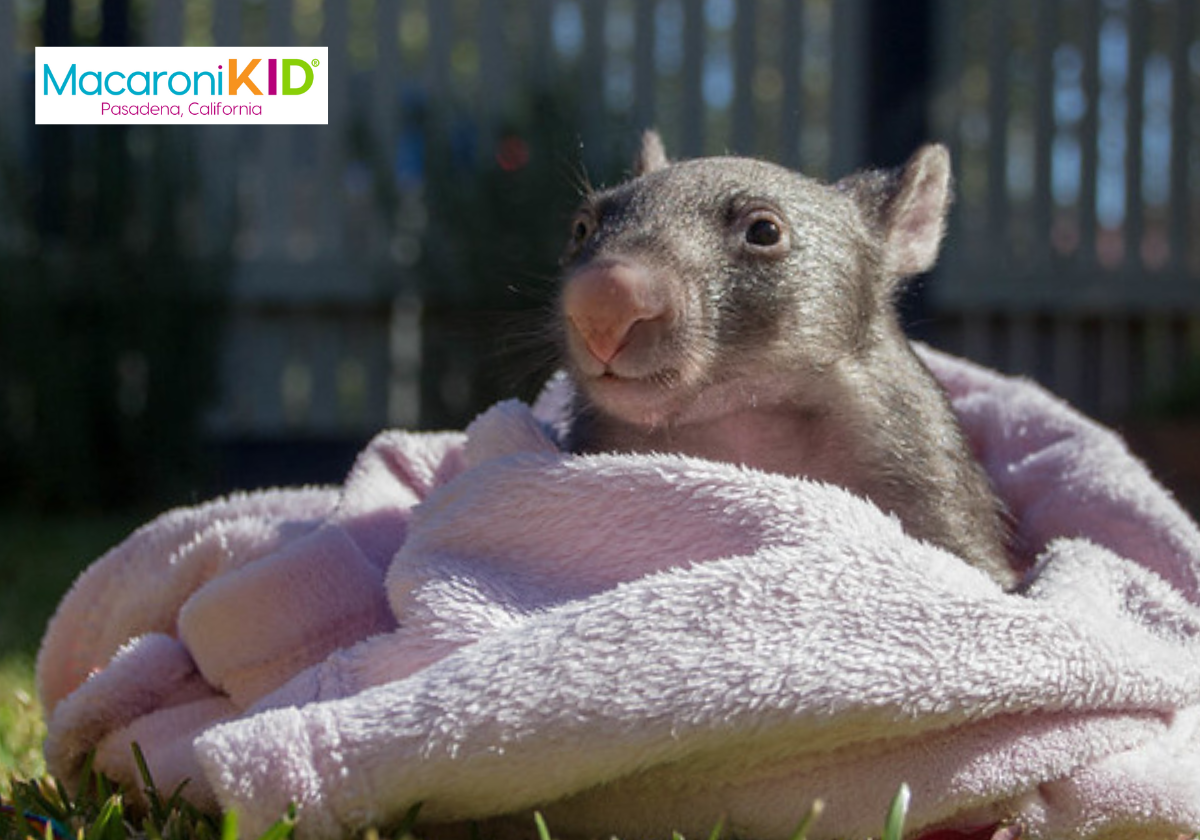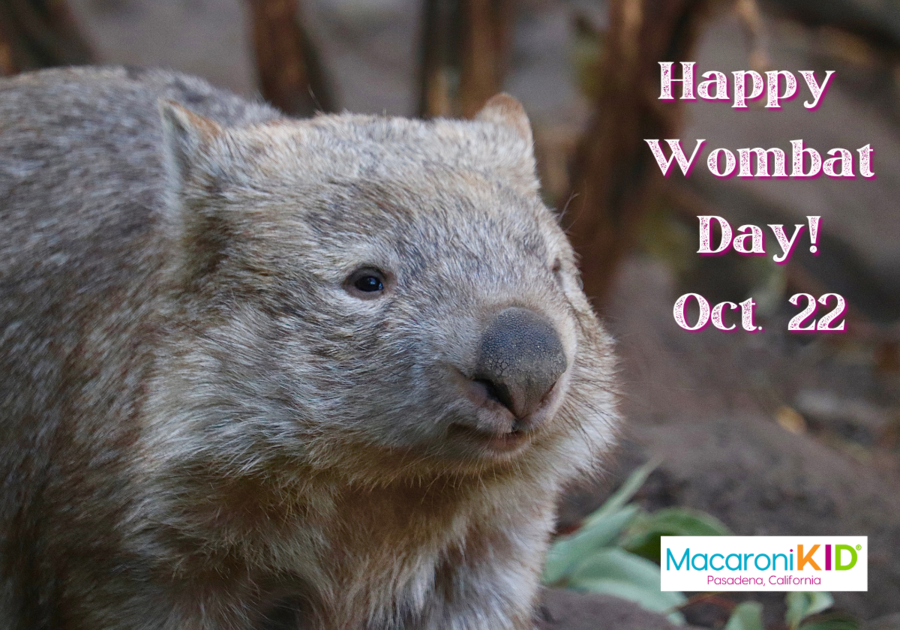| Picture this: a cuddly teddy bear that has somehow rolled off a mountain and decided to live in the Australian Outback. What you’ve just envisioned is a wombat. Short, chunky, and ungainly, these delightful creatures play a significant role in the terrestrial ecosystems of Australia. Wombats are essentially the squat, land-dwelling cousins of koalas. Roly-poly and nocturnal, they prefer to chill on the ground, munching on grass and roots like they’re at an all-you-can-eat buffet. If you like pandas, you’ll love wombats! |
 |
| Wombats are uniquely characterized by their stocky, barrel-shaped bodies, short legs, and big noses, making them both adorable and somewhat clumsy. They are about the size of a medium to large dog, usually weighing between 45 to 75 pounds. Their fur is typically coarse and varies from sandy brown to dark grey, allowing them to blend seamlessly into their surroundings. Wombats can be found in various habitats, including forests, grasslands, and scrublands. They’re known for their strong burrowing abilities, and create extensive tunnel systems in the ground, which help them stay cool and safe from predators. Their burrowing incidentally helps create habitats for other species, and as herbivores they aid in soil aeration, promoting plant growth through their nightly foraging habits. Interestingly, because they are marsupials, wombat mothers give birth to underdeveloped young that continue to grow in their mother's pouch. Wombat joeys stay in the pouch for about six months before venturing outside. |
 |
| One of the most fascinating aspects of wombats possess a unique digestive system that allows them to extract the maximum amount of nutrients from their fibrous diet of grasses, roots, and bark. Their slow metabolism results in the production of cube-shaped wombat poop! It’s pretty funny to learn that wombats leave behind distinctive little “cubes” as calling cards. Wombats have another impressive party trick: they can run up to 25 miles per hour! Picture this: a chunky ball of fur zooming past you like it’s auditioning for “The Fast and the Furriest.” They’re surprisingly strong, too! With a robust build, these creatures can dig extensive burrows that can stretch up to 100 feet long. More importantly, wombats can serve as indicators of environmental health. Monitoring their populations can provide insights into ecosystem changes and help guide conservation strategies. By caring about wombats, we contribute to a larger movement to protect biodiversity and ensure that future generations can appreciate and learn from these unique animals. |
This article was written with the help of ChatGPT Sidebar |



